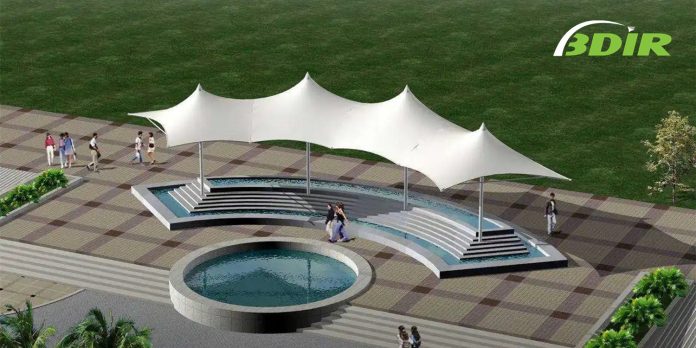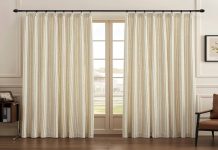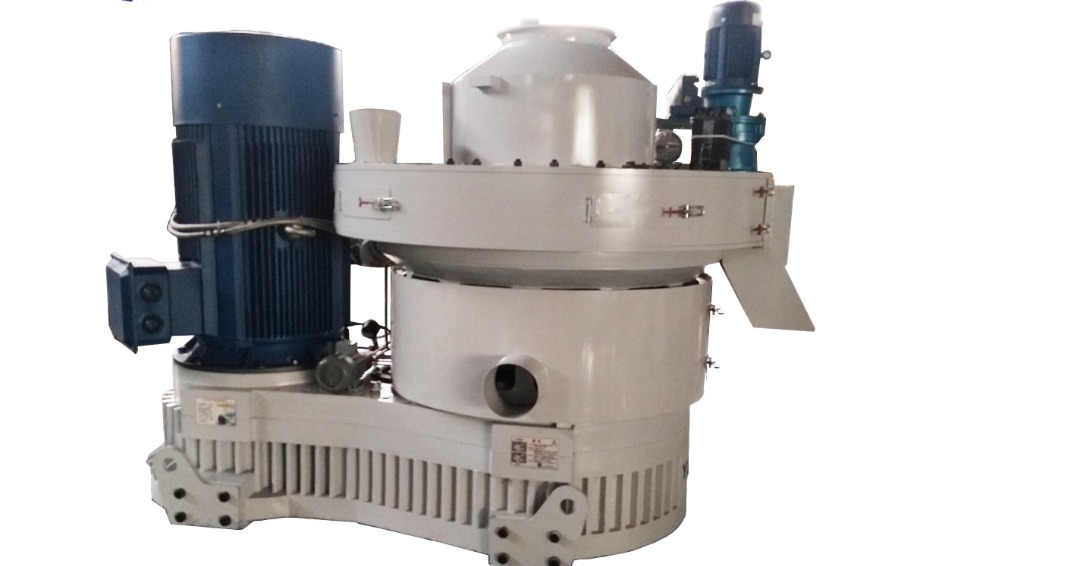The design and structural differences between PTFE and ETFE are few, although the properties of the materials can differ in certain ways that could influence your decision.
A ptfe material is more like a fluoropolymer with an incredibly non-sticky surface. It has very high levels of purity and excellent chemical resistance, making it suitable for many applications. PTFE is commonly used in medical devices as well as in semiconductor manufacturing.
ETFE is also a fluoropolymer with similar properties to Teflon, although its capabilities are not quite as diverse. ETFE is primarily used for its mechanical strength, but it does retain some chemical resistance. It is most often used in piping systems and roofing membranes, where its ability to resist corrosion from many chemicals makes it ideal.
Design
The shape, flexibility, and rigidity of PTFE and ETFE all reflect their crystalline structures. PTFE has more stiffness than ETFE due to its higher crystallinity. This allows it to hold a specific shape more easily. PTFE is also much more rigid than ETFE because the latter is softer and more flexible. This flexibility can be useful in applications where a substance needs to be malleable. However, PTFE’s rigidity may be preferred in parts that need to be fixed in place or retain a specific shape indefinitely.
What to consider when building eco-friendly fabric structures
As the challenge of climate change becomes more real, many people and businesses are looking for ways to reduce their impact on the environment. A great way to do this is by using a tension fabric structure to house your business needs.
These structures can be used for a variety of purposes, including storage buildings, car washes, warehouses, and other types of facilities. They also offer a number of environmental benefits. If you’re looking for an environmentally friendly solution to your business needs, here’s what you should consider when building eco-friendly fabric structures.
- An eco-friendly home is designed with the environment in mind and uses sustainable materials. However, not all homes have to be made from scratch to be sustainable. If you are planning on renovating your current home or building a new one, you must consider these factors:
- The material used for the building should be sustainable; this means it does not harm the environment.
- The design should be such that it does not have a negative impact on the environment and the surrounding ecosystem.
- The location of your home should take into account the natural resources available to you, such as water and sunlight. A good place will allow you to use renewable energy sources like solar panels, which can save money on electricity bills while also reducing carbon emissions by up to 50%.
- You should use recycled materials wherever possible when constructing your home as they are much more cost-effective than buying new ones from scratch.
- You can also use eco-friendly paints which don’t contain any harmful chemicals but still provide good coverage for walls and ceilings. This will help reduce air pollution levels indoors while creating an aesthetically pleasing look outside too!
- The construction sector is the largest user of raw materials and the biggest contributor to waste and pollution. The production of construction materials, the construction process itself, and the end-use all have a major impact on the environment. So achieving a complete environment-friendly surrounding needs the utmost input and determination. You can check with etfe structures for the best guide on fabric structures.














